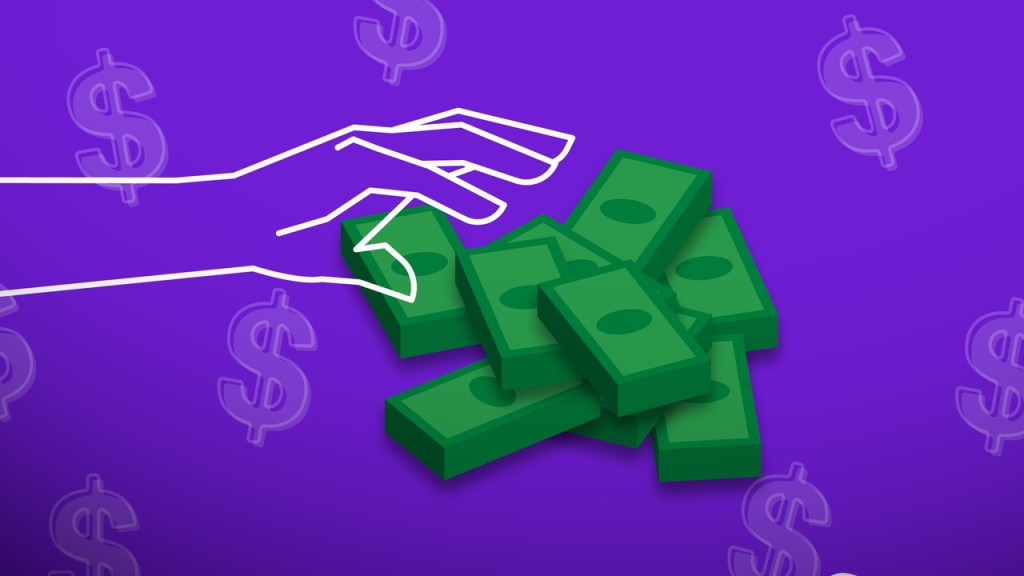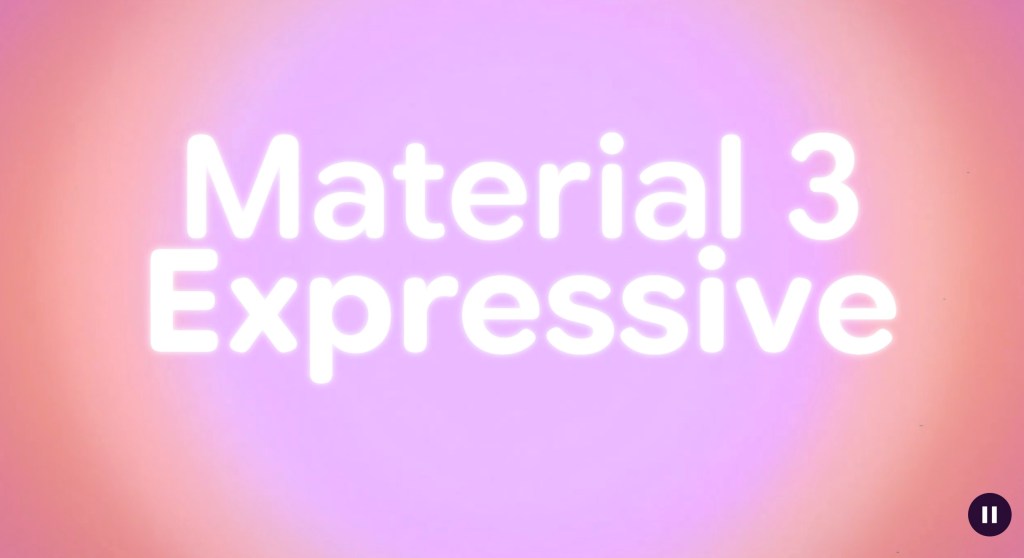YouTube has long been a dominant platform, offering creators numerous avenues to monetize their content. In June 2025, the company reported that its creative ecosystem contributed over $55 billion to the U.S. GDP and generated more than 490,000 full-time jobs. Despite these impressive figures, many YouTubers are actively reducing their dependence on ad revenue and brand deals. This shift is driven by the unpredictability of ad earnings and the realization that platform-dependent income can disappear without warning.
The Unpredictability of Ad Revenue
Ad revenue on YouTube is subject to fluctuations due to policy changes, algorithm updates, and market dynamics. Creators often find it challenging to maintain a stable income solely through ads. For instance, YouTube’s introduction of features like Super Chat in 2017 allowed viewers to pay for highlighted messages during live streams, providing an additional income stream for creators. However, such features are not always sufficient to offset the volatility of ad revenue.
Diversification Strategies
Recognizing the need for more stable income sources, many YouTubers are expanding their ventures beyond the platform. They are evolving into multifaceted media entities with diverse business portfolios.
MrBeast’s Entrepreneurial Ventures
Jimmy Donaldson, known as MrBeast, exemplifies this trend. With over 442 million subscribers, he has expanded his brand into various sectors. In 2018, he launched ShopMrBeast, a merchandise store that laid the foundation for his entrepreneurial journey. This venture led to the creation of Feastables, a snack brand introduced in 2022. Feastables’ first product, the MrBeast Bar, achieved remarkable success, generating over $10 million in sales within its first 72 hours and selling over a million bars at launch. By 2024, Feastables reported approximately $250 million in revenue and over $20 million in profit, surpassing the earnings from his YouTube content and other media projects.
Beyond Feastables, MrBeast has diversified into other areas:
– Lunchly: A packaged food brand co-founded with fellow YouTubers Logan Paul and KSI.
– MrBeast Lab: A toy line catering to his younger audience.
– MrBeast Burger: A virtual restaurant chain offering a unique dining experience.
– Viewstats: An analytics platform designed to assist creators in optimizing their content strategies.
These ventures have not only diversified MrBeast’s income but also solidified his brand presence across various industries.
The Try Guys’ Subscription Model
Another example of diversification is The Try Guys, a group of YouTubers known for their experimental content. Facing challenges with ad revenue, they launched 2nd Try, an ad-free subscription service. Within three months, subscriptions accounted for 20% of their company’s revenue. Co-founder Zach Kornfeld noted that producing the content their audience loved became more expensive than the income generated from YouTube ads. The subscription model provided a more predictable and sustainable income stream, allowing them to continue creating content without relying heavily on ad revenue.
YouTube’s Response to Creator Needs
In response to creators’ needs for diversified income, YouTube has introduced several monetization tools:
– Super Thanks: Launched in 2021, this feature allows viewers to tip creators for individual uploaded videos, providing an additional revenue stream beyond traditional ads.
– Super Chat and Super Stickers: These features enable fans to pay for highlighted messages and stickers during live streams, enhancing viewer engagement and supporting creators financially.
– Channel Memberships: Creators can offer exclusive content to subscribers who pay a monthly fee, fostering a sense of community and providing steady income.
– YouTube Shorts Monetization: Recognizing the popularity of short-form content, YouTube expanded its Partner Program in 2022 to include Shorts creators. By early 2023, creators meeting specific thresholds could earn ad revenue from their Shorts, with over 25% of channels in the Partner Program monetizing through this format by March 2024.
These initiatives reflect YouTube’s commitment to supporting creators in building sustainable businesses on the platform.
The Broader Trend of Creator Diversification
The movement towards income diversification is not limited to YouTube. Platforms like Substack have introduced features allowing creators to monetize videos directly from their app, providing alternative avenues for content creators to earn revenue. This trend underscores a broader shift in the creator economy, where reliance on a single platform or income source is increasingly seen as risky.
Conclusion
The landscape of content creation is evolving, with creators recognizing the need to diversify their income streams to achieve financial stability. By expanding into merchandise, subscription services, and other ventures, YouTubers are transforming into multifaceted entrepreneurs. This strategic shift not only mitigates the risks associated with platform-dependent revenue but also opens new opportunities for growth and engagement with their audiences.



